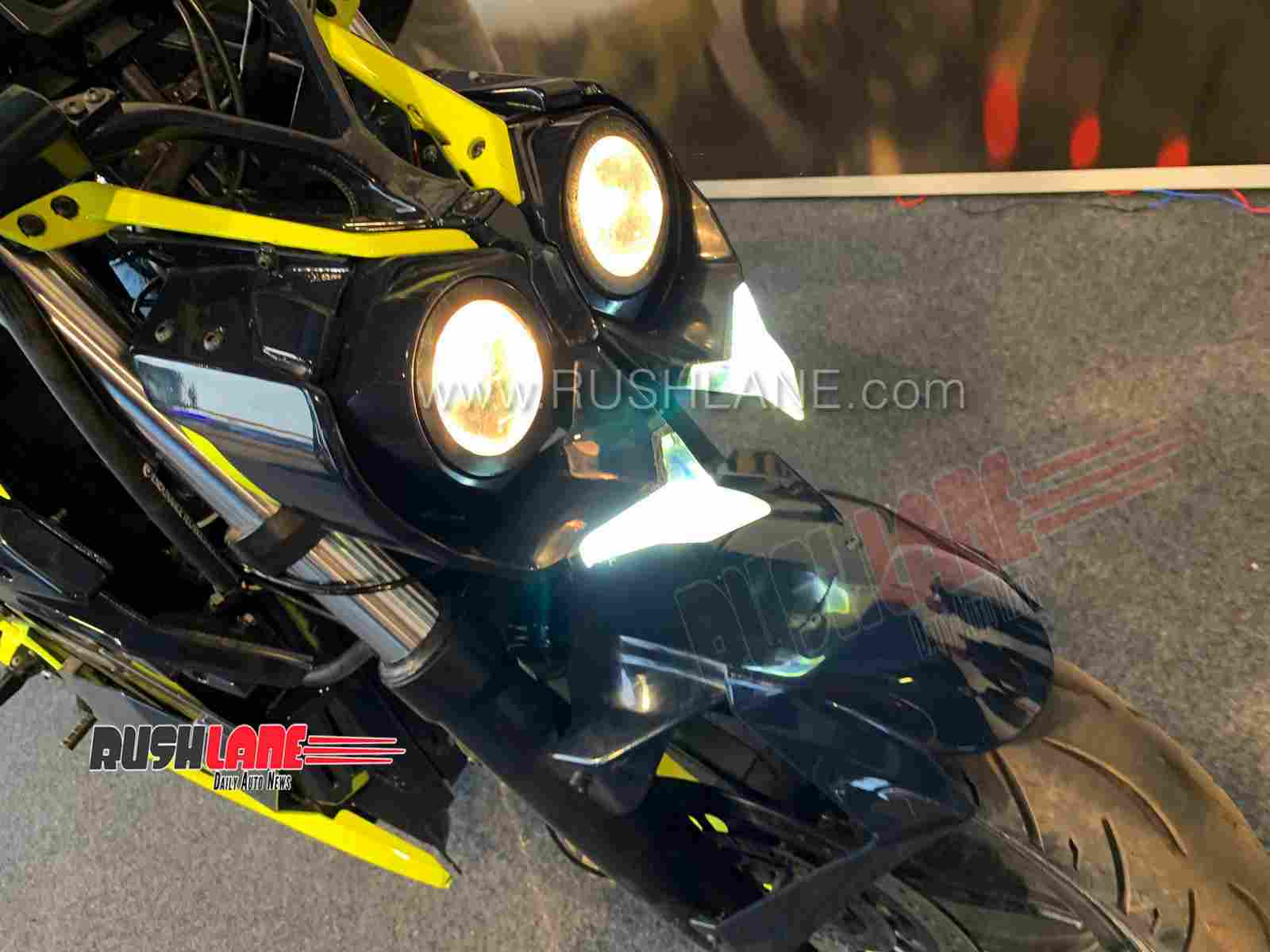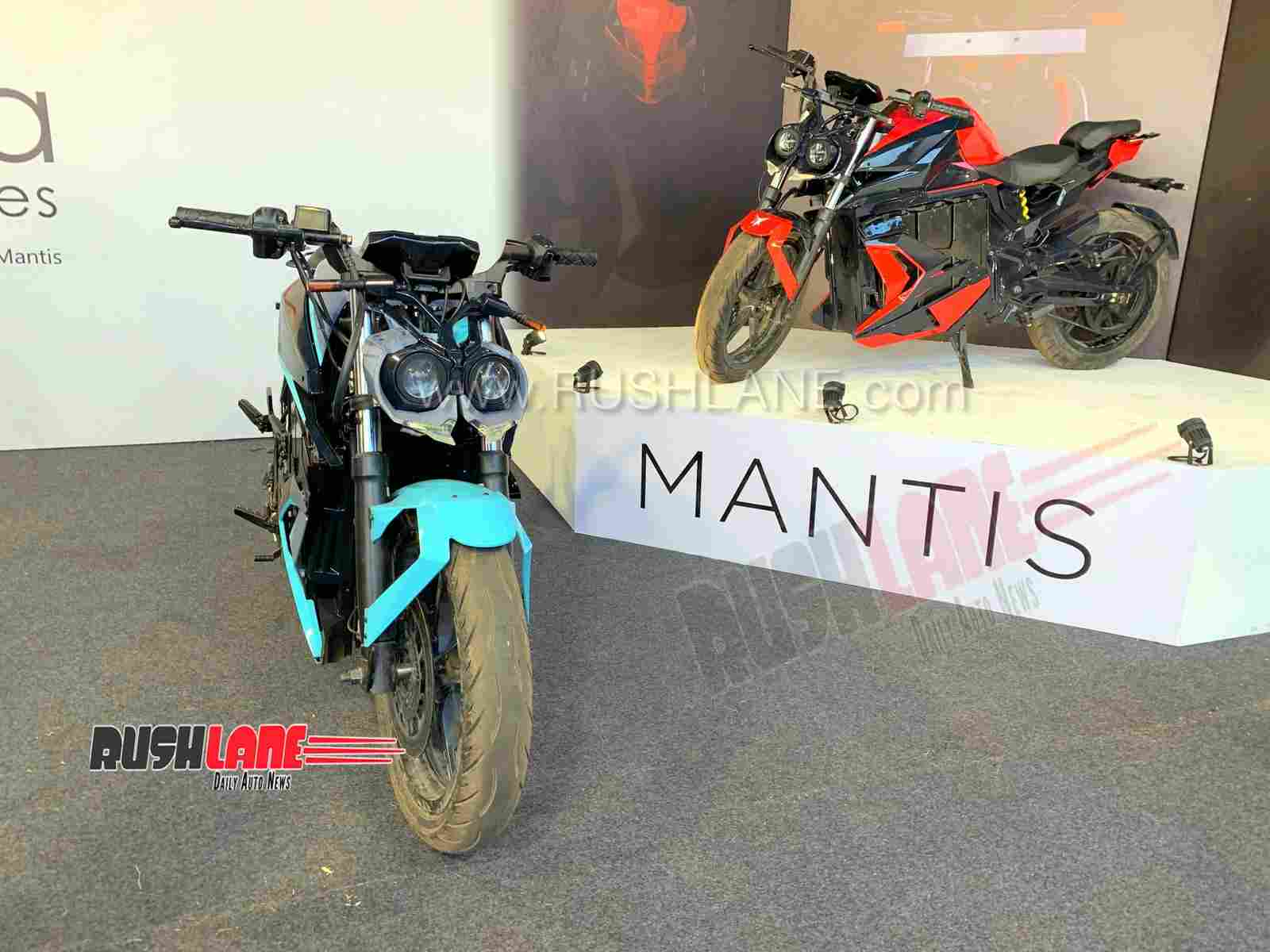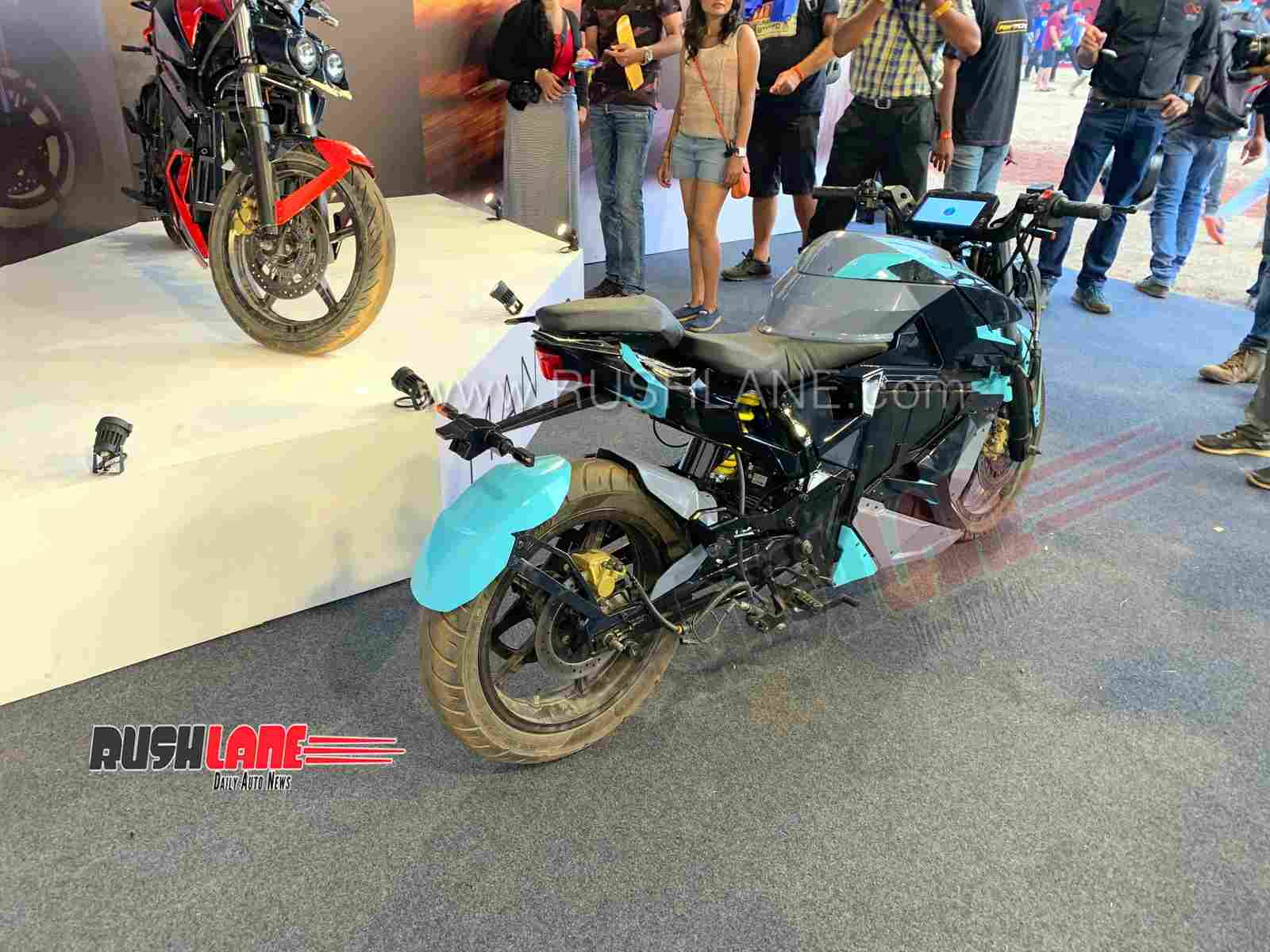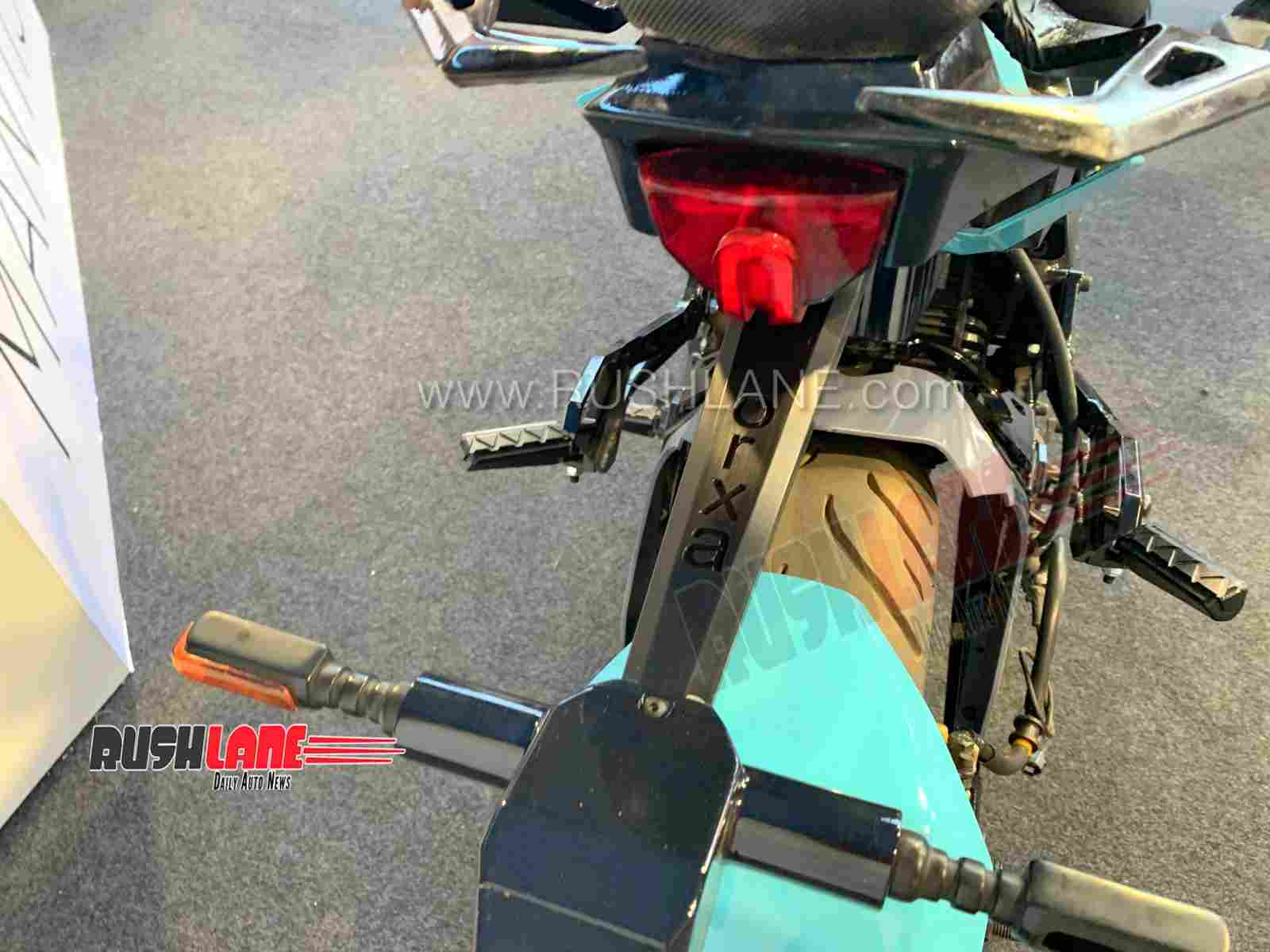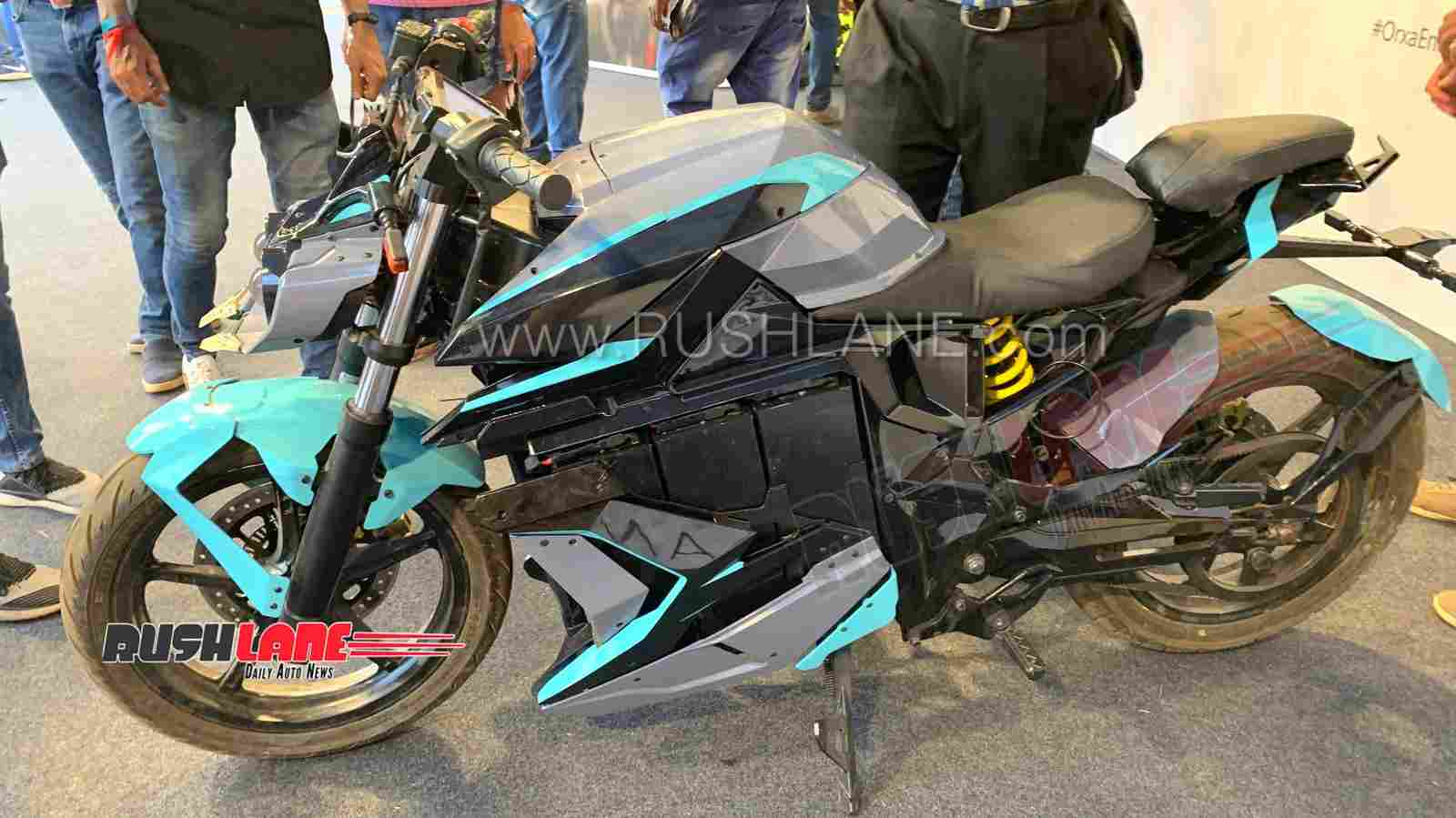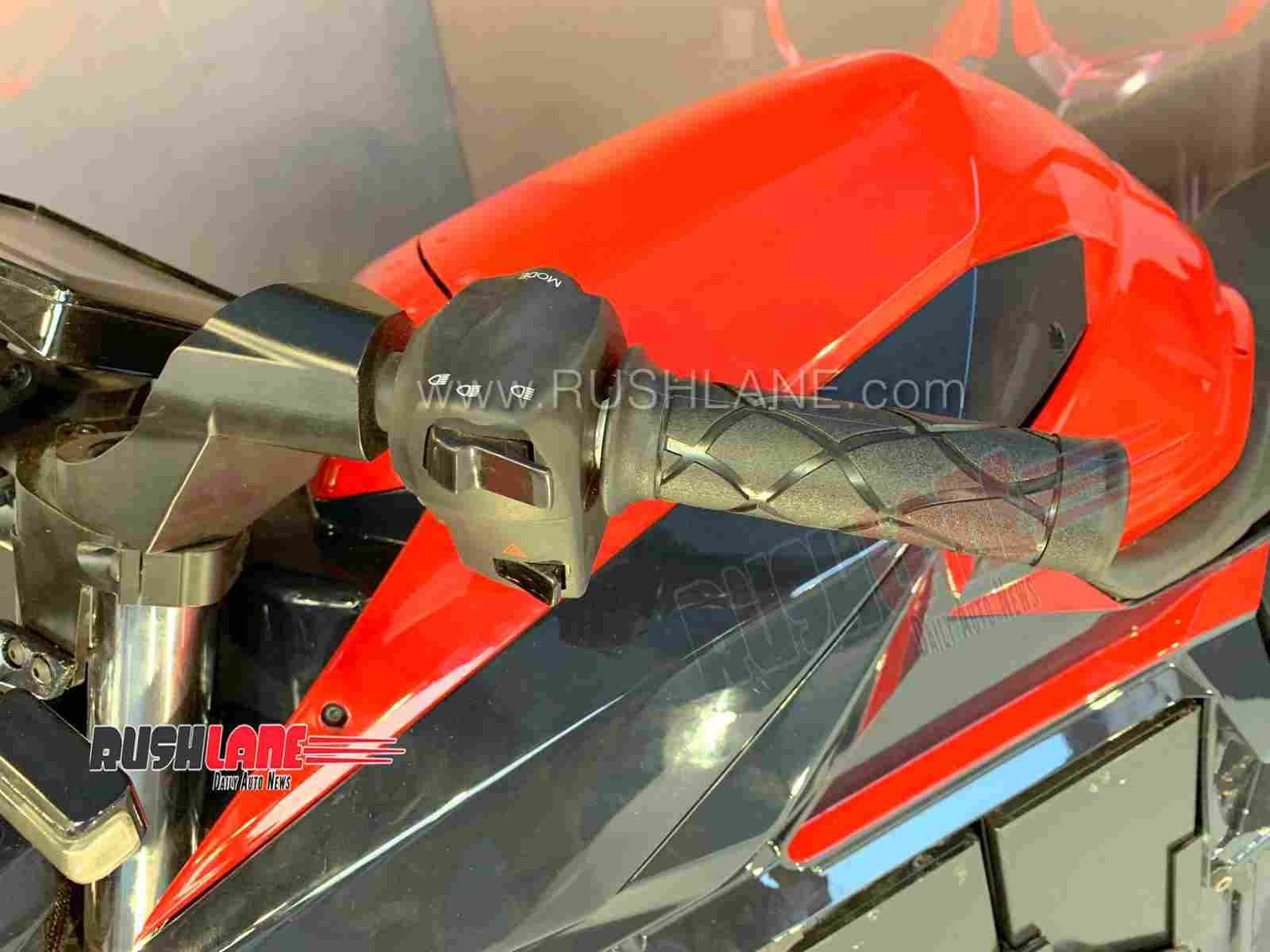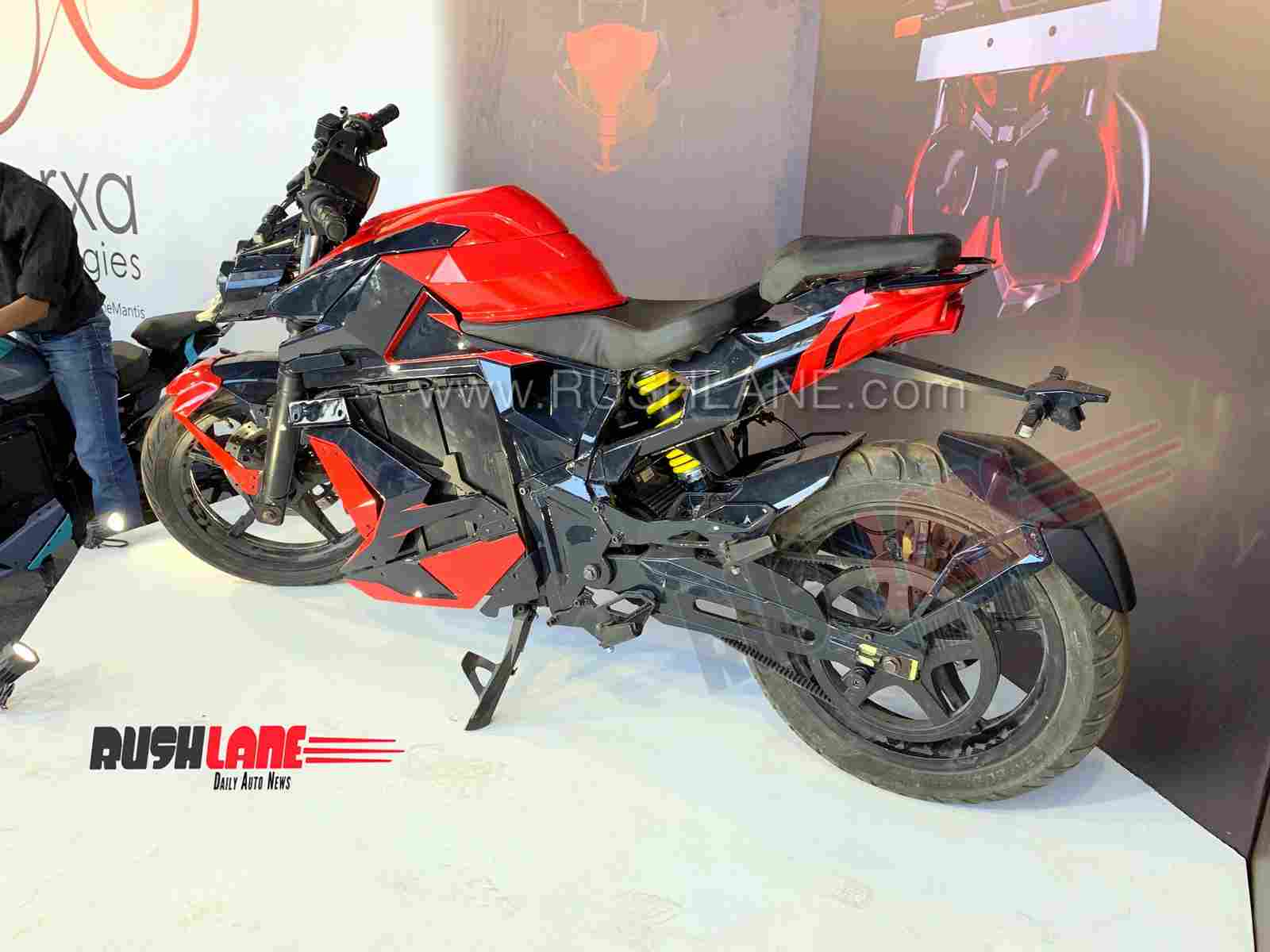
Mantis electric motorcycle attains top speed of over 140 km/h. It’s designed to run 200 kms on a single charge in ideal conditions. Mantis features a fully-digital instrument cluster. Akin to EV offerings, there’s plenty of app support to glance at important data at your fingertip. This includes diagnostics, ride analytics, and maintenance data. Orxa Energies is likely to introduce commercial sales by mid 2020.
Armed with a powerful motor, Orxa Mantis features aero aluminium alloys, high performance tyres, and a high capacity battery pack. The mobile battery back can be easily taken out of the vehicle and carried along to be charged as required. This aids battery swapping as needed.
Unveiling Orxa Mantis at a venue buzzing with motorcycle enthusiasts seems a great move. The electric motorcycle that’s been revealed is quite close to the final production model, and any changes seen will be minor tweaks made keeping in mind refinement.

The company while concentrated on developing electric motorcycles has simultaneously concentrated its efforts on developing high value and efficient battery packs. The battery management and controller systems in use have been built in house. Robustly built, the battery packs in use don’t require an active cooling system, and are still able to offer the performance levels aimed at.
With electric vehicles aiming to be lighter, faster and stronger, the team is focused on building a frame architecture that’s unique and an epitome of functional design. It’s functionality is important to aid battery swapping while maintaining an attractive silhouette and being structurally strong. This outlook and battery swapping capability is similar to what was showcased a few weeks earlier at the launch of Revolt motorcycles.
Orxa Mantis features 9 kilowatt hours (kwh) battery packs. Six modules are in use in a single bike to maximise riding range at 200 kms. Customer battery packs were piloted in mid-2018 to test for real world road conditions and temperature variations.
While price expectations are at best guesswork now, but this could be launched in the range of 3 lakhs. Charging up to capacity would take about three and a half hours. The front features 41mm telescopic forks, and rear, a monoshock. Getting from 0-100 kmph takes 8 seconds. Below is the detailed image gallery from IBW.


